Saturday, April 26, 2025
The plane in the fog
Today, Saturday, April 26, is International Pilot’s Day, aimed at honoring and recognizing pilots worldwide for their crucial role in connecting cities and countries by safely transporting people and cargo to their destinations.
At Air Greenland, we hope you will join us in celebrating our pilots, who, along with our mechanics, keep Air Greenland's aircraft and helicopter operations running almost daily. Pilots work under conditions recognized as particularly complex within the aviation industry, especially due to the unique geographical and climatic conditions Air Greenland operates under across the country.
International Pilot’s Day is a welcome opportunity to give you a little insight into the conditions our pilots face daily.
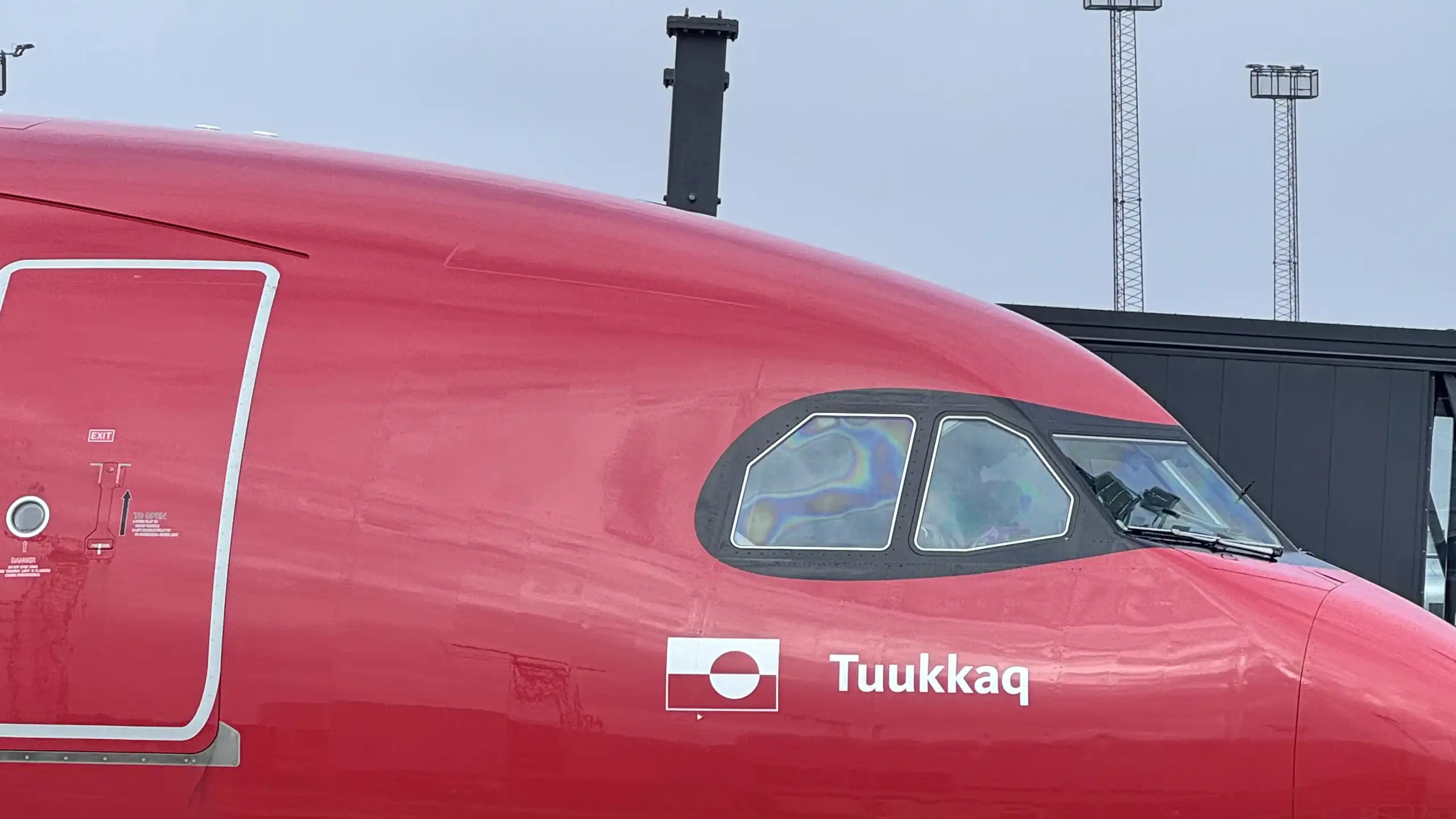
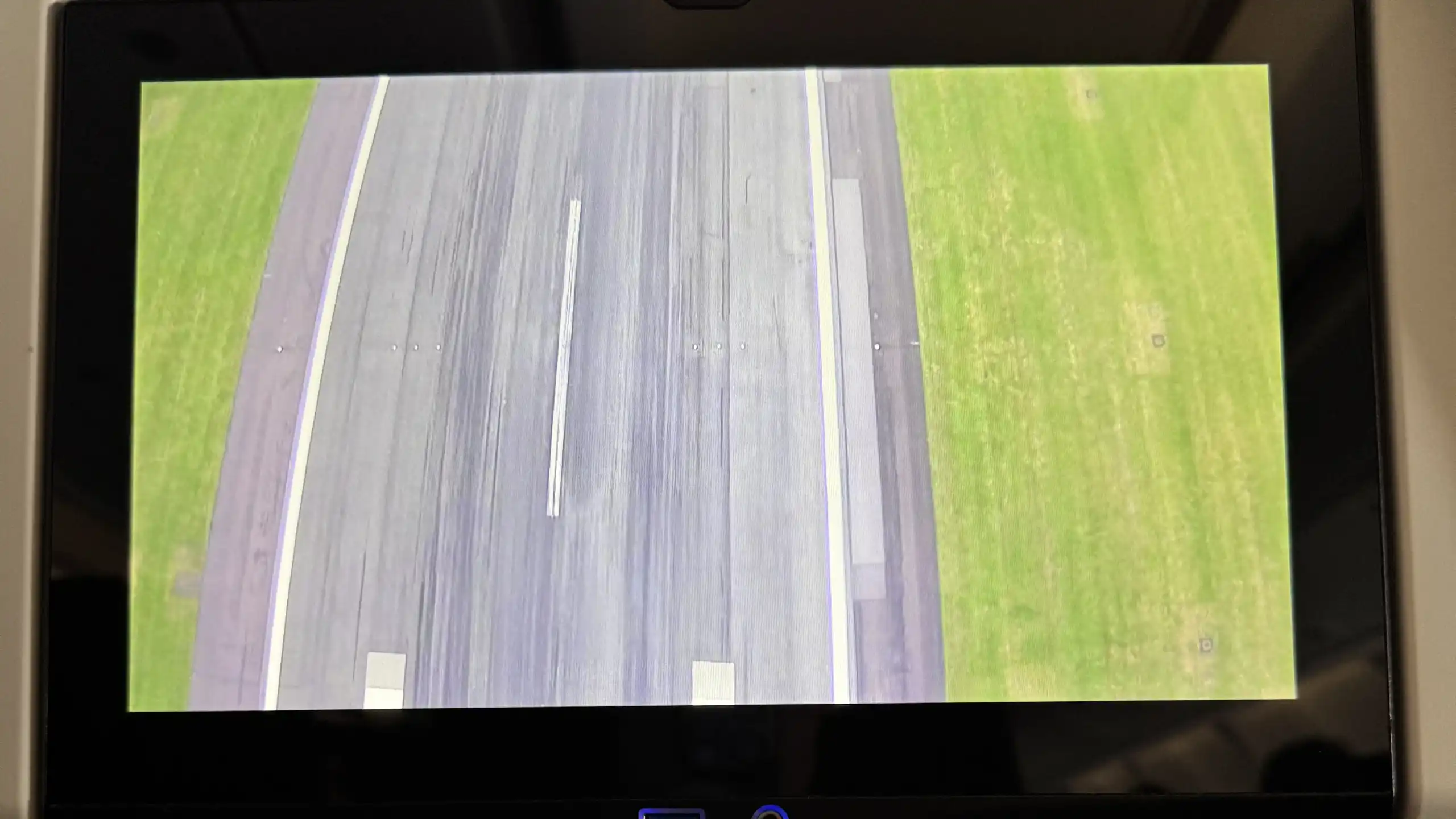
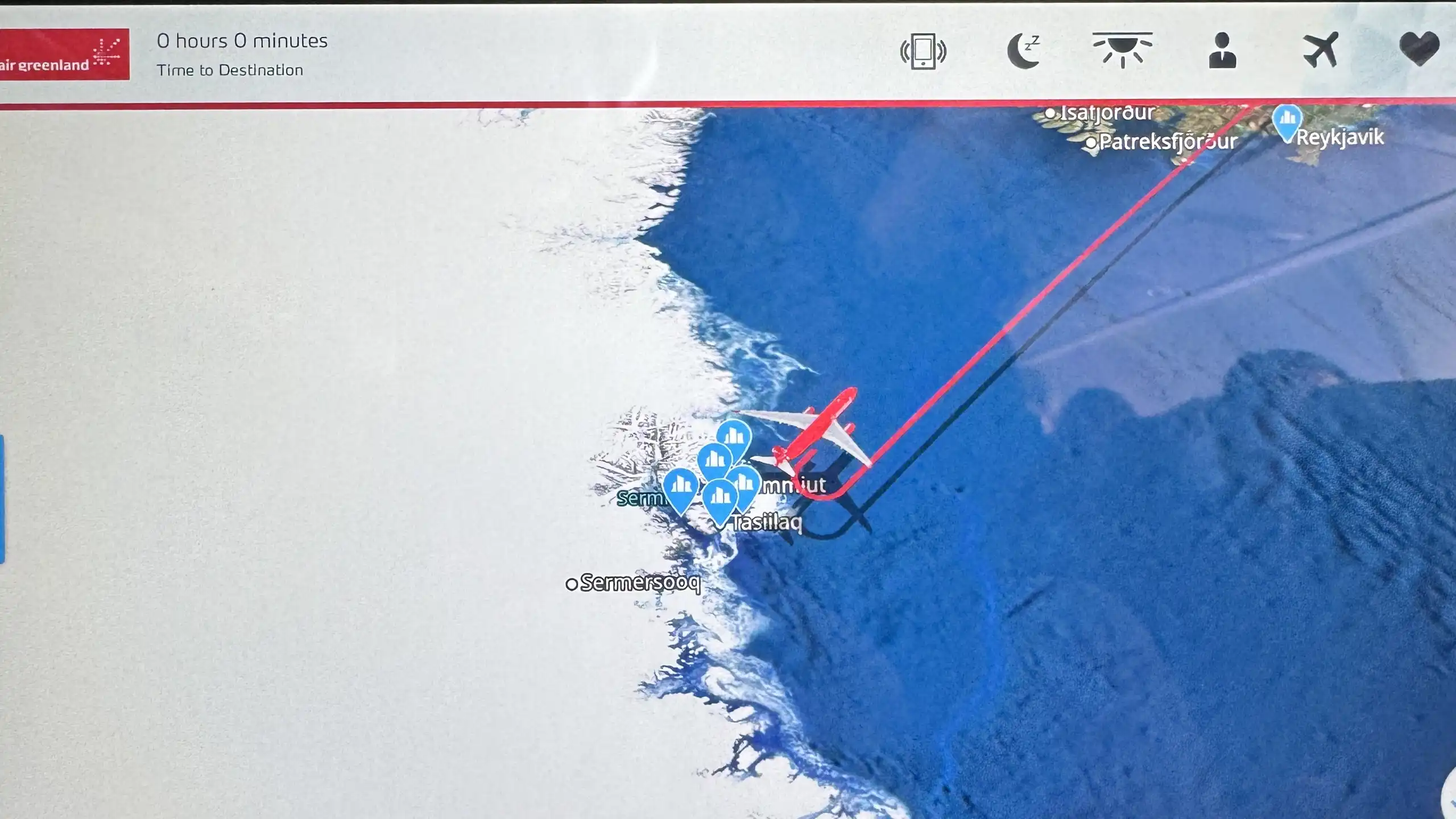
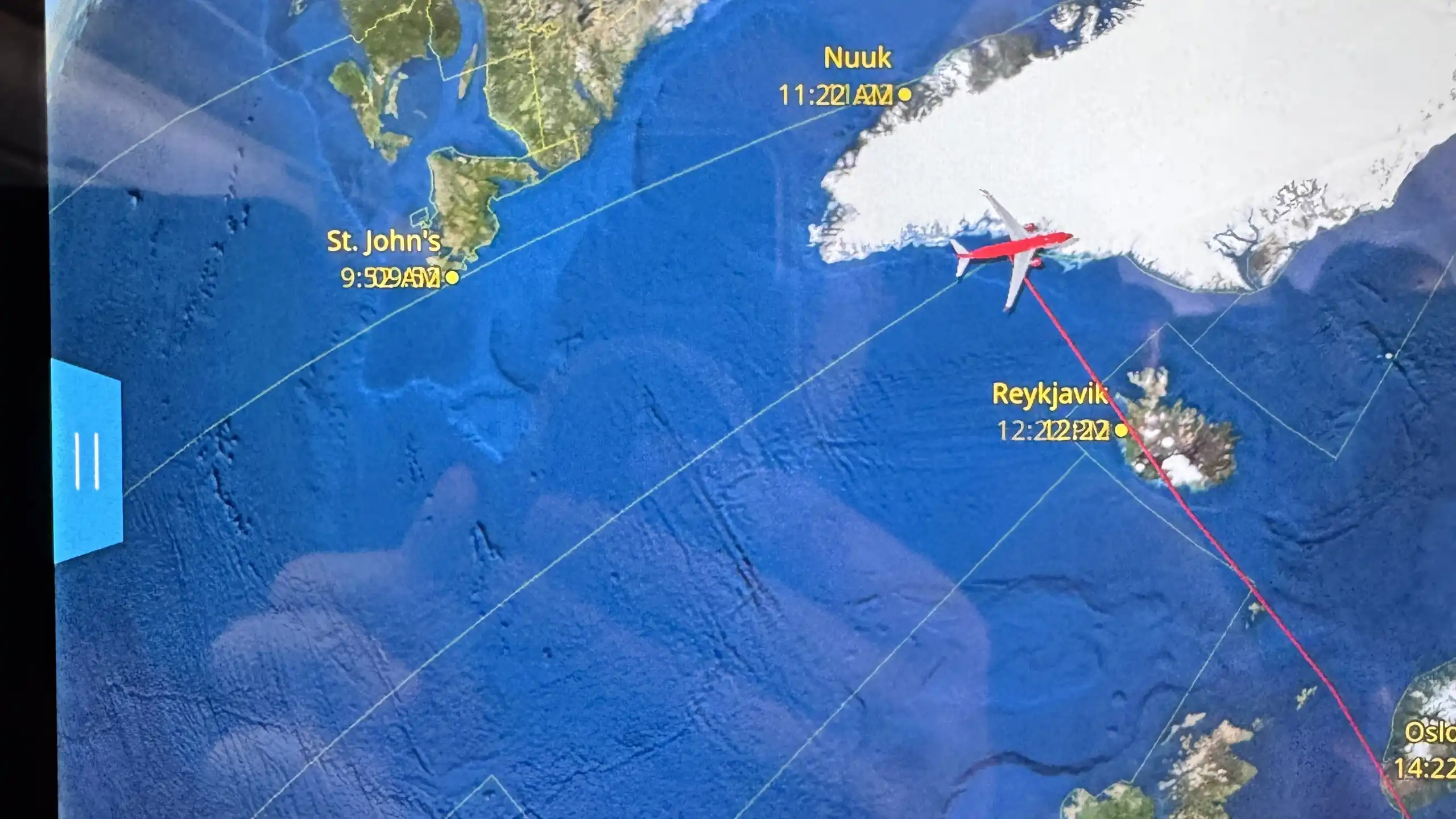
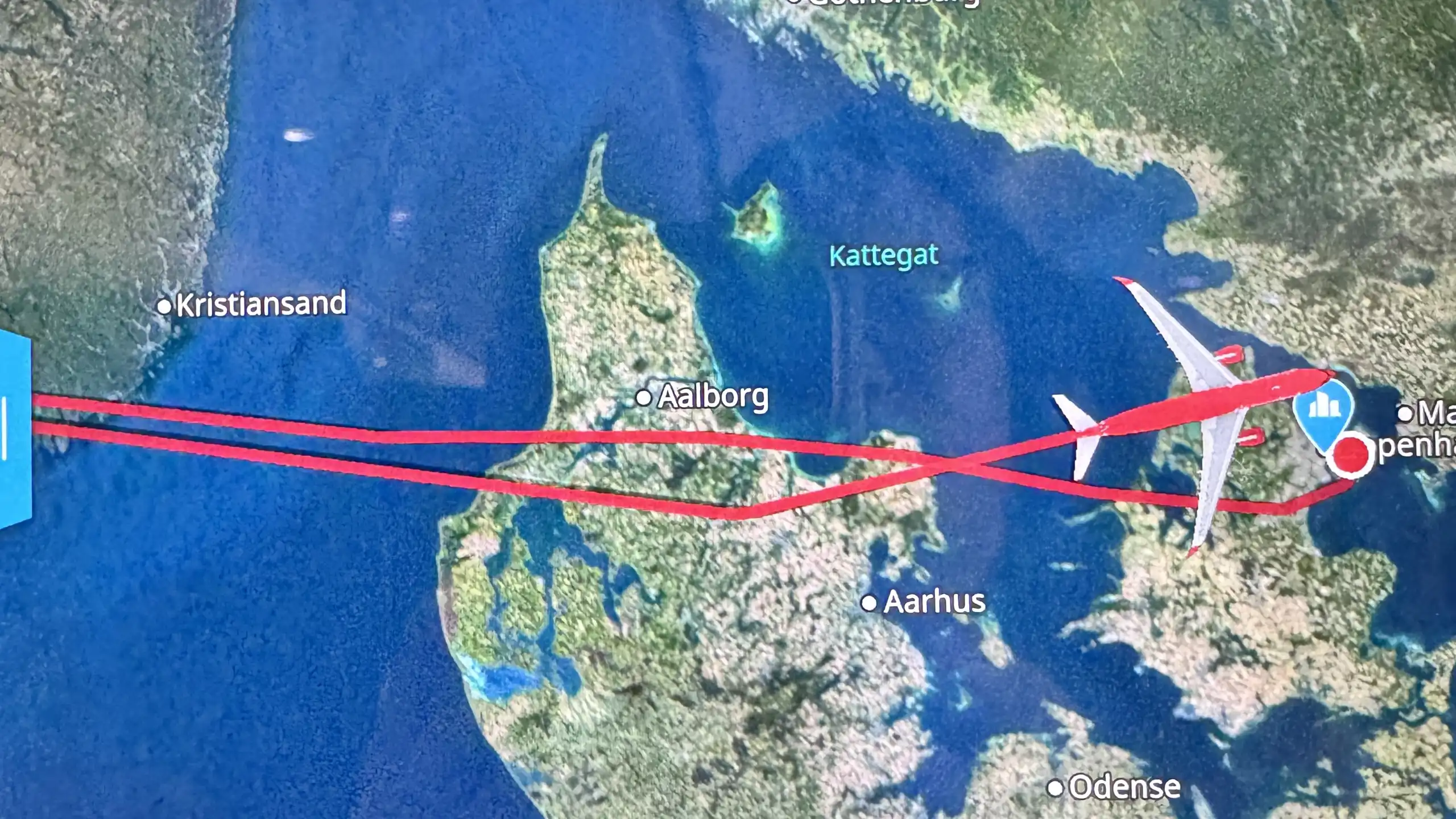
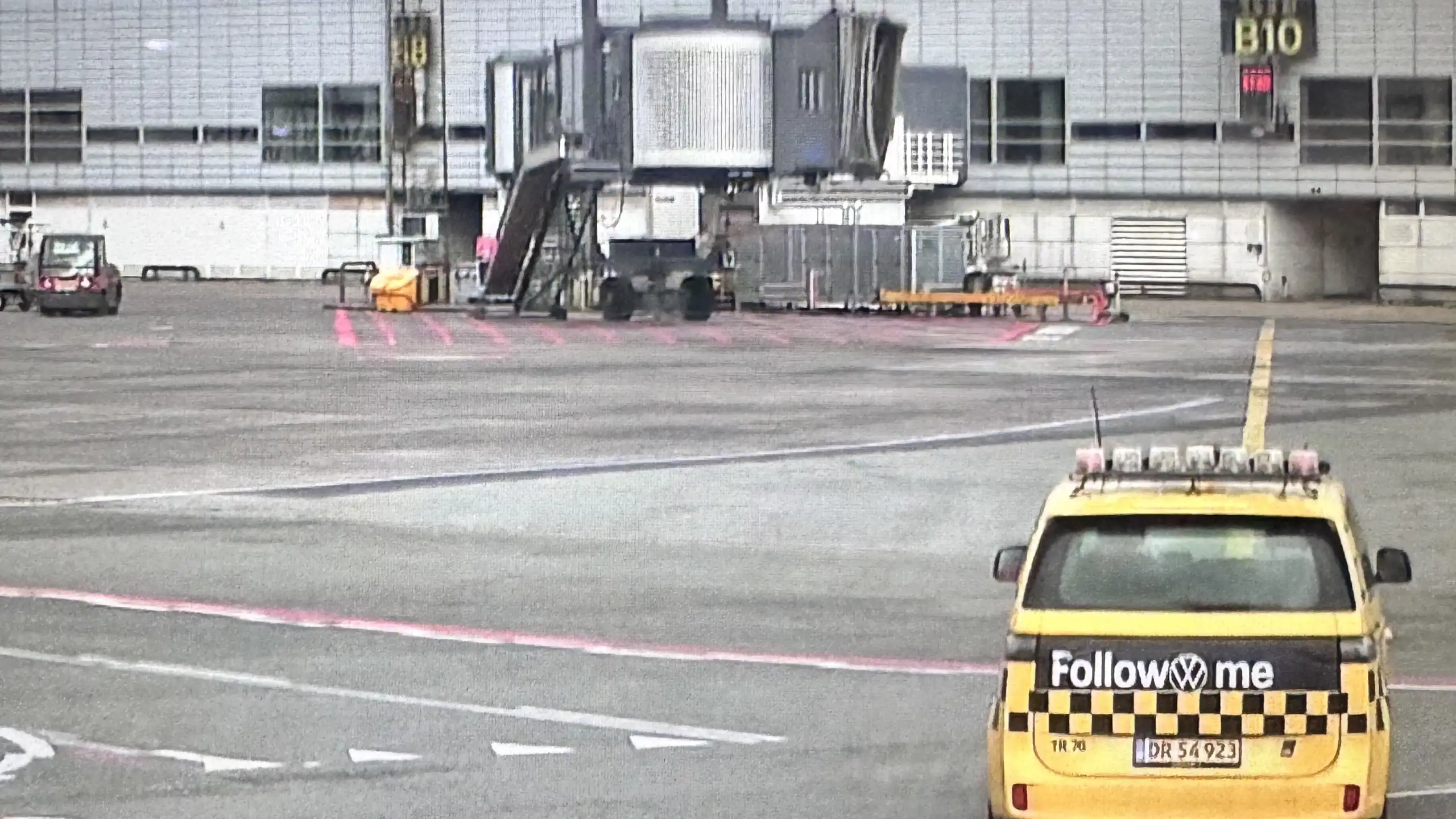
Safety always
First, we want to provide brief background information that for each airport and heliport in Greenland, there are written rules for when it is allowed to take off and land under various conditions. Each location has its unique rules, which are crucial for whether a flight is carried out. This can include weather conditions such as visibility, wind direction and speed, temperature conditions, runway condition, and preparedness – as well as the risk of turbulence during the flight.
In short, many factors must come together before Air Greenland's helicopters and planes embark on a flight without compromising safety. Once they are in the air, things go as planned, while other times changes may occur along the way, requiring pilots who can land safely with calm, experience, and determination, regardless of the airport or heliport.
To illustrate what we are talking about, we share pictures and videos from Tuesday, April 22, and Wednesday, April 23, as the video below shows. Both days had low cloud cover in Nuuk Fjord and fog at the runway.
U-turn
Weather conditions caused GL781, Air Greenland's A330neo "Tuukkaq," to return to Copenhagen on April 22, when the plane had just reached the East Coast. After nearly three and a half hours of flying from Copenhagen, the cockpit crew, Captain Thomas and First Officer Otto, received a message from Air Greenland's Operations Control Center, OCC, that the weather forecast for Nuuk had been updated. Visibility was too low within the time frame the plane could land, so it was best for Tuukkaq to return to Copenhagen.
Fortunately, the passengers on board showed good understanding of the decision, even though the flight went from lasting 4 hours and 30 minutes to around 7 hours. Safety considerations are paramount. Upon arrival back in Copenhagen, passengers received a new travel plan on GL3781 for the next day, Wednesday, April 23.
Passengers were clearly excited about whether it would now be possible to land, as the weather forecast again reported low cloud cover and fog when the plane took off from Copenhagen at 11 o'clock.
The day's cockpit crew was again Captain Thomas, while the First Officer on the flight was Sten, who continuously briefed passengers about the weather. Enough fuel was tanked, should it be necessary to "hover over the clouds" for up to two hours until it was possible to land – or if it would be a "U-turn" back to Copenhagen via Keflavik to refuel.
Kangerlussuaq Airport was not an alternative, even though it has been the traffic hub for international flights for decades. Today, the airport's resources are not geared to handle what is required in connection with loading a widebody aircraft like the A330-800.
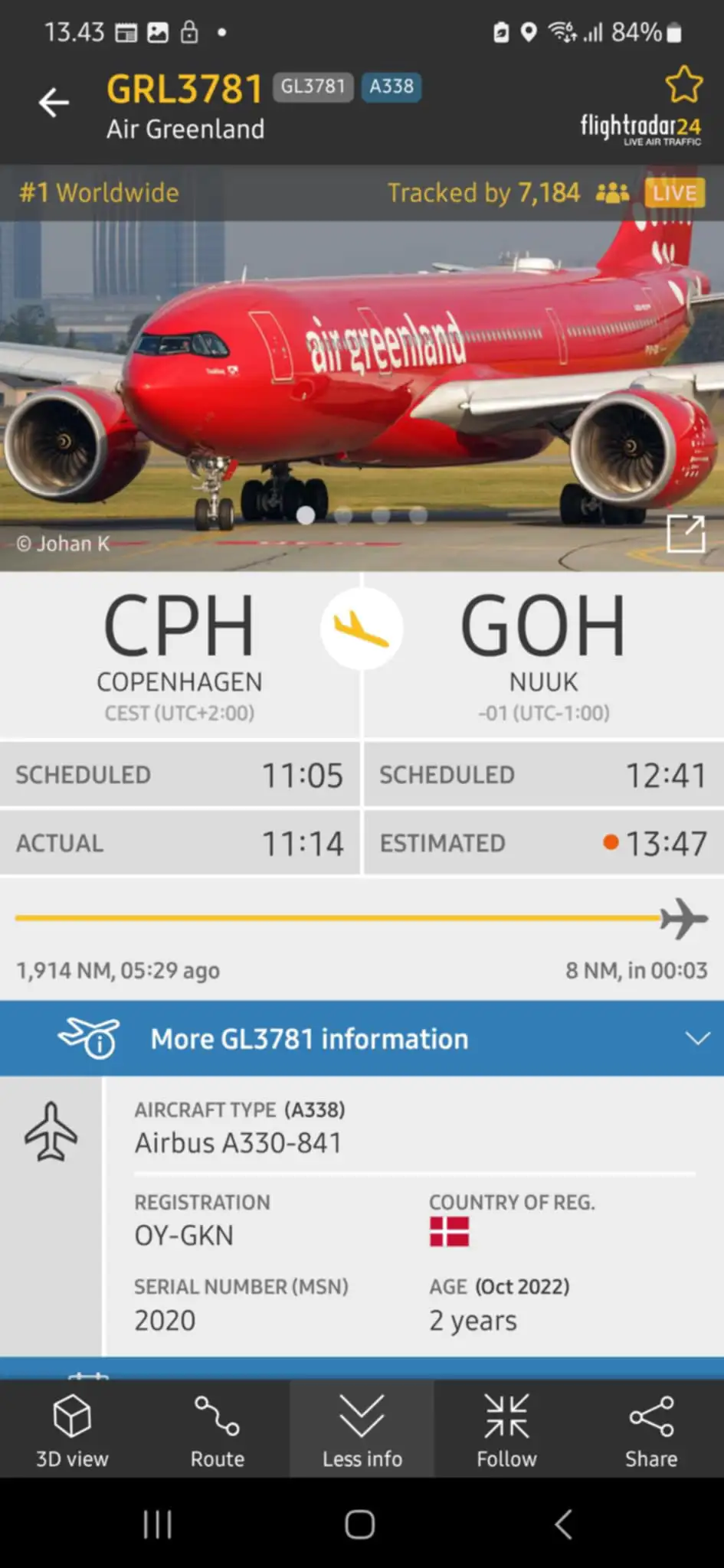
Flight Patterns
Returning to GL3781 and its flight, after four and a half hours, it didn't take long before Tuukkaq would reach the bottom of Nuuk Fjord.
At 12:15 local time, First Officer Sten briefed over the loudspeaker that there was still fog and low cloud cover, so the plan was to circle over Nuuk and await better conditions.
What most passengers didn't know was that GL3781 attracted so much attention on the flight radar service Flightradar24.com. While Tuukkaq circled over Nuuk, it was the most followed flight of all flights worldwide, leaving an "exciting" flight pattern.
But it wasn't just Tuukkaq that was followed, but also our ambulance plane King Air and one of the Dash-8 planes. While they also circled over Nuuk, they were respectively number two and three on Flightradar24.com.
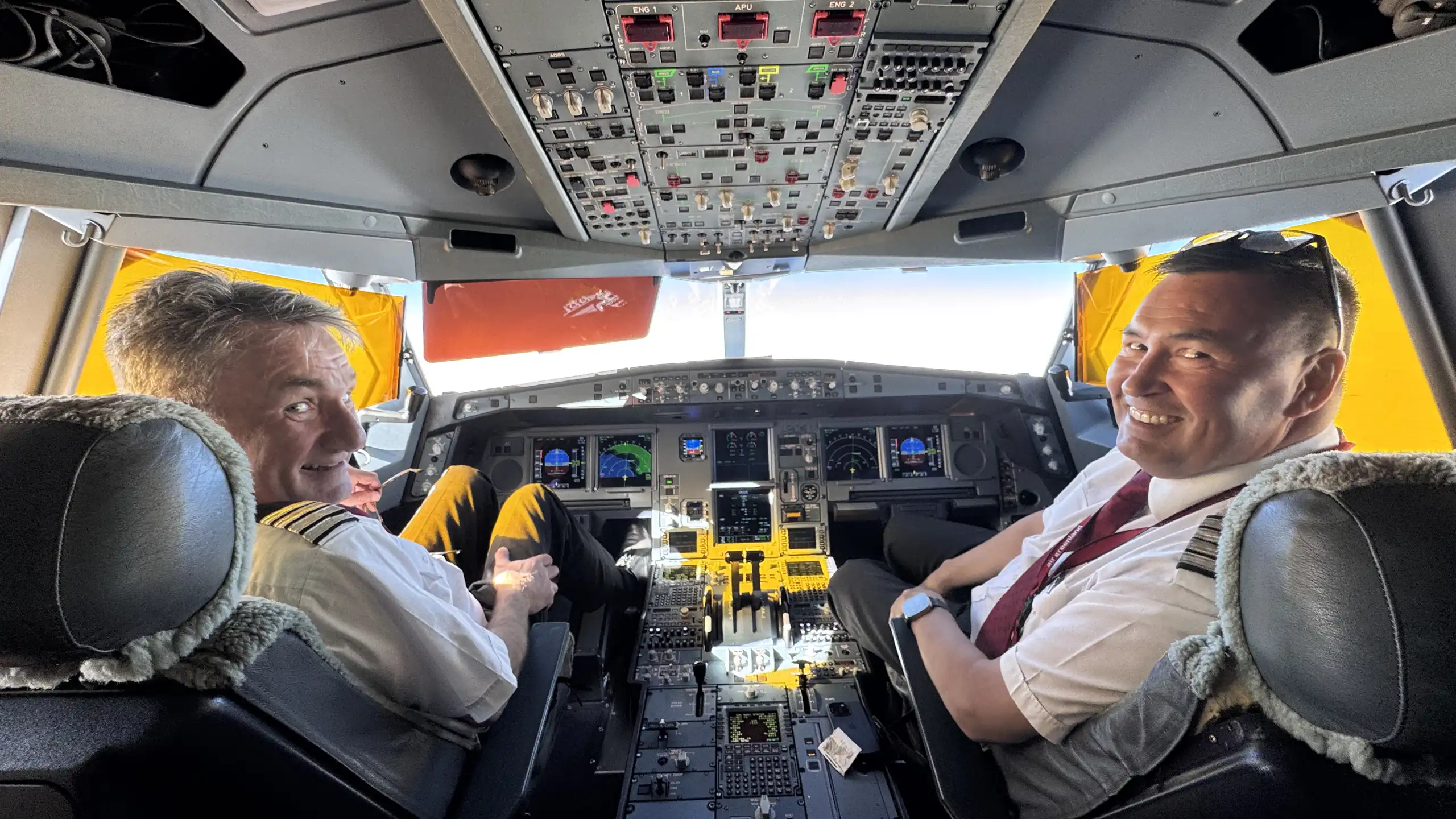
CockpitcrewGL 3781
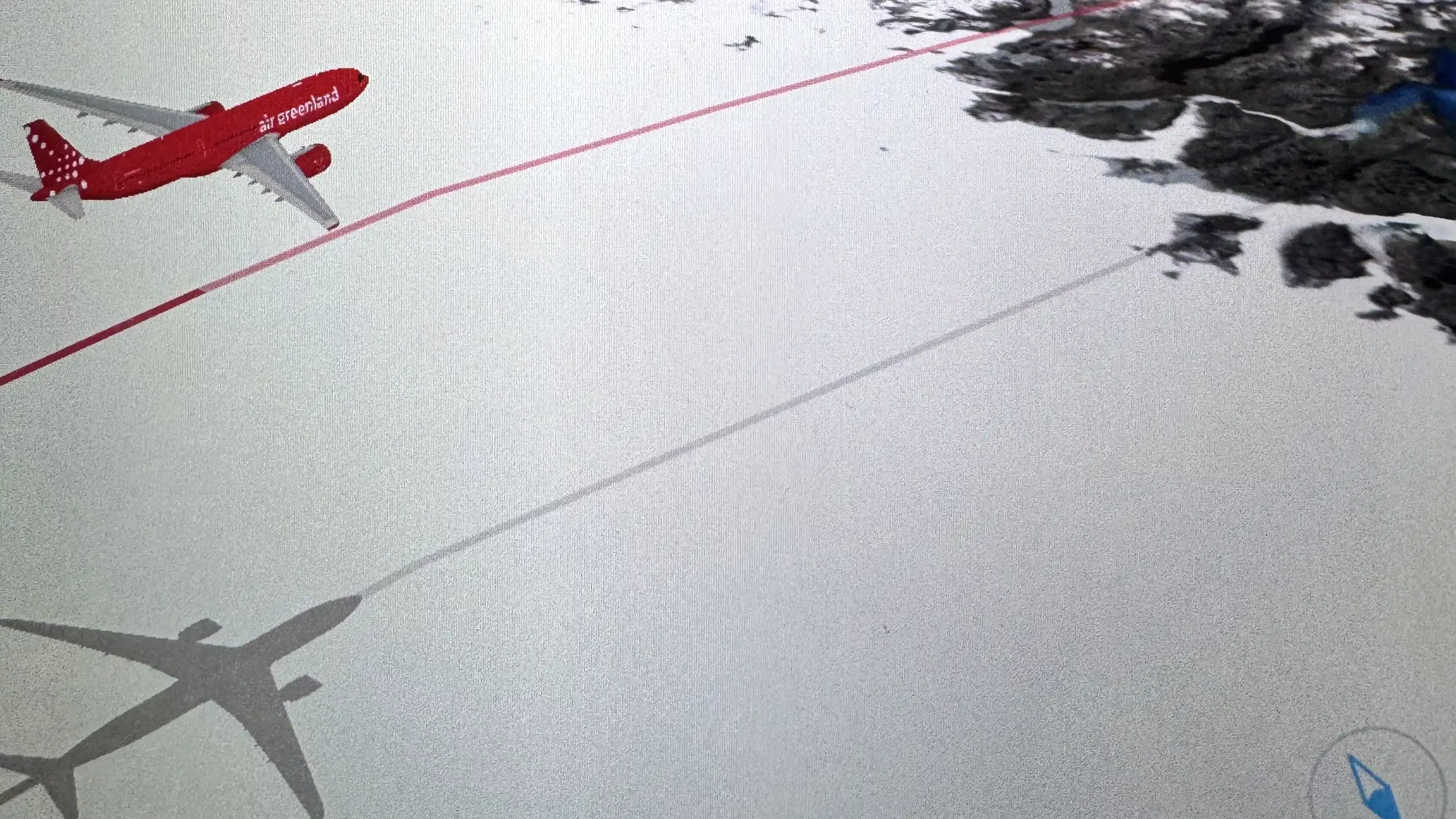
Near the destninationen
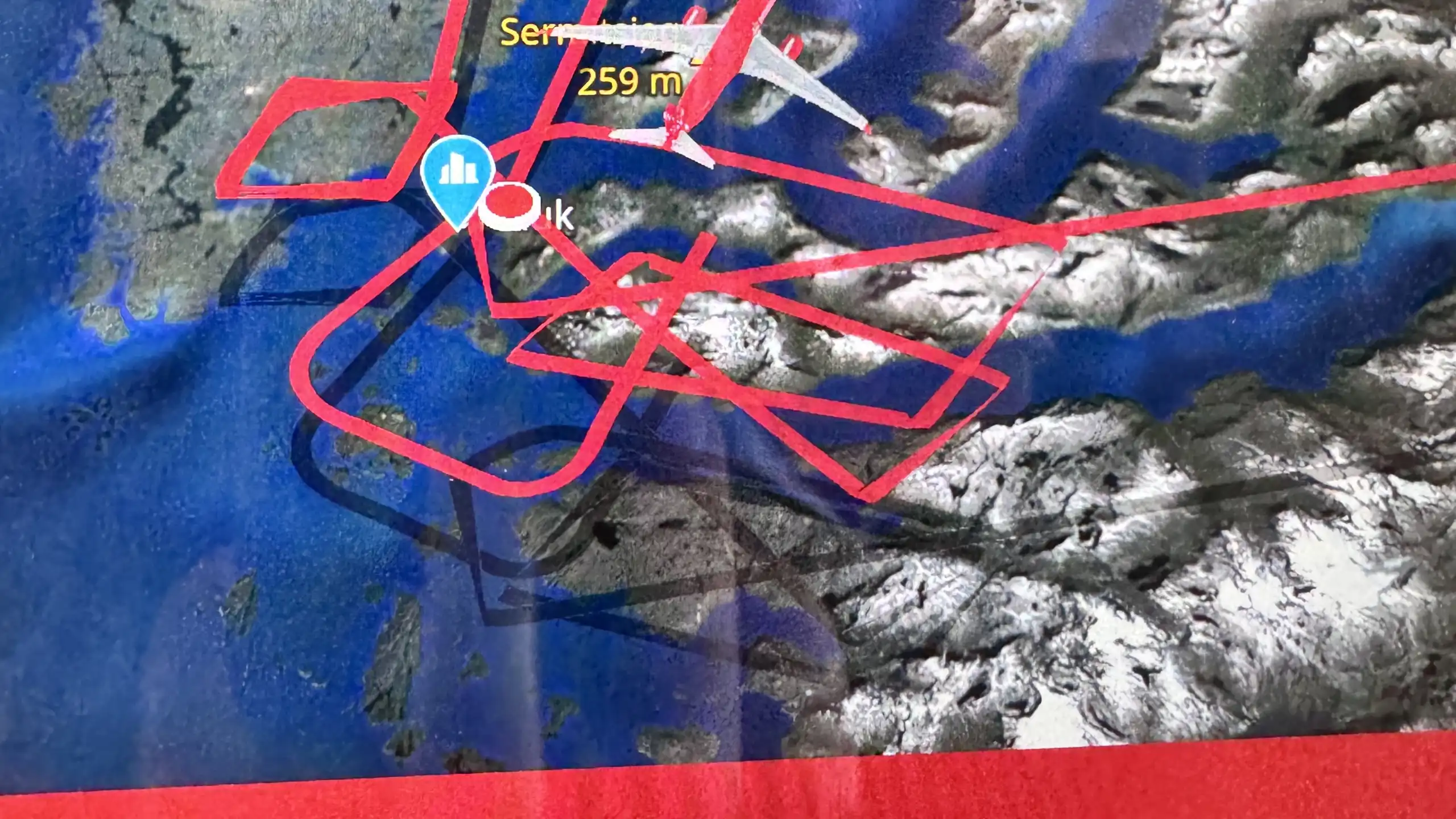
GL3781 circulates
The cockpit crew on Tuukkaq briefed passengers about the two other planes and their attempts to find a hole in the fog, and that the ambulance plane had landed. Now it was Tuukkaq's turn to make an attempt, and the cabin crew prepared for landing. The excitement on board increased as the plane descended into the cloud cover, and many of those who didn't sit by a window seat followed on the seat's TV screens. Tuukkaq has a "landscape camera" that sits in front and underneath the plane's body.
Besides those following the plane on Flightradar24.com and Greenland Airports' livestreaming on YouTube, some were at the runway in Nuuk. One of them was Varvara Holm, who stood at the northern end of the runway and could hear Tuukkaq getting closer, and at around 13:45 local time, the plane suddenly emerged from the fog and made an attempt to land. It didn't succeed, so the plane climbed sharply again.
When you work at Air Greenland's headquarters, you hardly hear when Tuukkaq lands and takes off due to its Rolls-Royce Trent 7000 engines. But we must promise that you could clearly hear the rumble when the pilots gave it extra gas. On board the plane, you could sense the strong horsepower, and a rush went through the cabin – whether it was of relief or disappointment is hard to interpret.
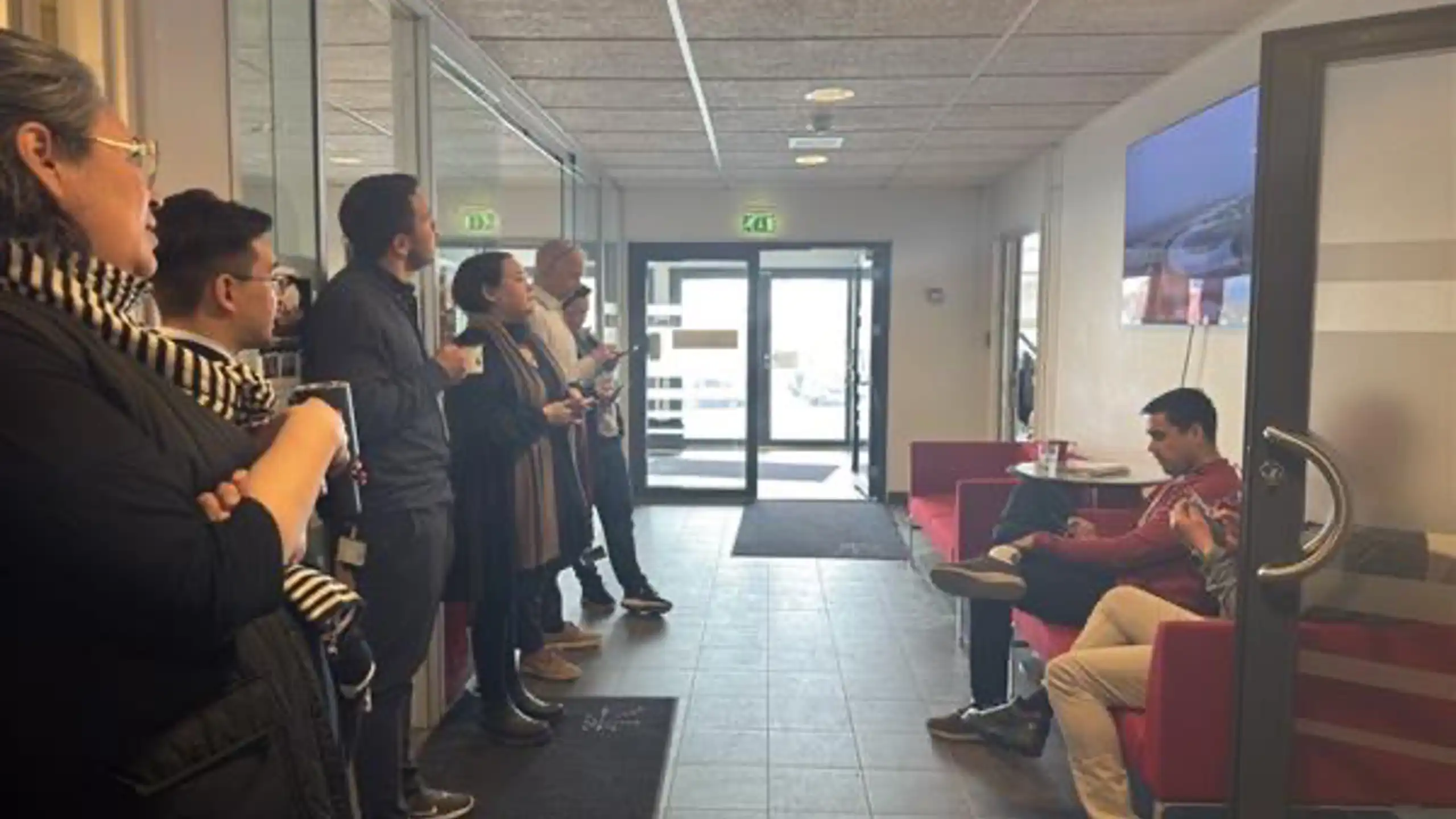
Colleagues gathered following on Youtube. Photo: Lars Kleemann-Andersen
Last attempt
Now it was just a question of whether it was "a boy or a girl" – that is, whether the plane landed or returned. But there was still fuel to wait and make another attempt. At 13:59, a message came from the cockpit, about 14 minutes after the failed landing attempt, that there was good news: One of our Dash-8 had just landed, and the AFIS tower reported better conditions for landing.
At headquarters, colleagues gathered in various places. Some stood in the reception to follow the landing via YouTube, while others went to the Call Center with a view of the runway.
Preparations were made for the last attempt at landing, and in the video, you will sense the excitement and joy – not just in the cabin, but also outside – when GL3781 landed safely in Nuuk at 14:15 local time.
With this account, out of many possible accounts, we wish to honor our pilots for getting our customers safely to their destinations all year round – even under difficult conditions.
'
Congratulations on your day: "International Pilots’ Day"!
